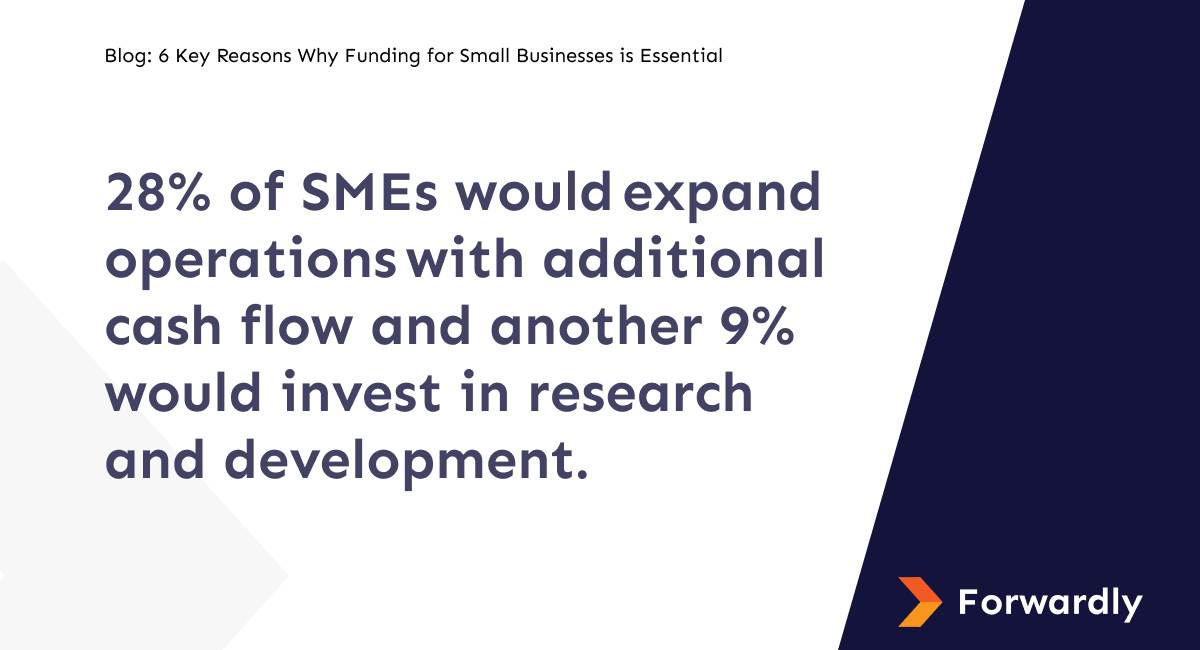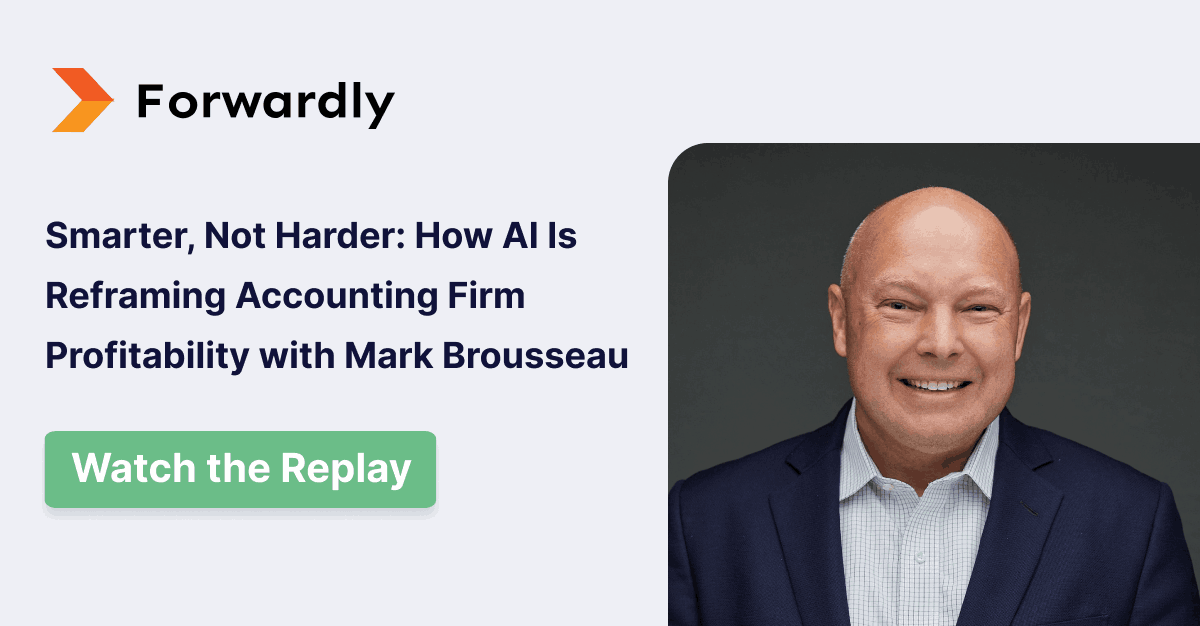The idea of small business funding can be — and, frankly, is — a nebulous and overwhelming concept for many small to medium-sized enterprises (SMEs). Most business owners only look into business financing when they’re in a cash flow crunch. By then, the pressure is on to find a great deal for a loan that your company can afford when you’re in a tough financial position. You can see where this is going, right? That’s not always easy to track down.
One of the savviest moves you can make as you helm your company is learning why you might need small business funding in the first place. Although securing funds can appear to be an arduous process that only applies in emergency scenarios, you might actually be surprised to find out that business financing can be used for more than just bailouts. Knowing your options and applying them wisely, such as getting for a business loan, can actually accelerate your business’ growth. Funding for Small Businesses is a critical aspect that business owners should proactively explore, not just as a reactive measure during financial crises.
6 ways small business funding is used
Smooth out cash flow gaps
If you work on trade credit, it’s not entirely rare to be in a situation in which you have multiple unpaid invoices out at once without one due anytime soon. (Or, perhaps, some overdue.) When you invoice on Net 30, 60, or even 120 terms, you don’t have full control over how your customers affect your cash flow.
Invoice factoring is a type of small business funding that lets you release money tied up in accounts receivable to regain control of your cash flow. With invoice factoring, you’ll essentially sell your invoice to a lender (factor). They’ll pay you a portion (percentage) of your invoice, handle tracking down your payment, and pay out the rest, minus fees when they get paid in full.
While you don’t get the full amount of your invoice, in this case, it’s far better than having no liquidity at all — and missing payments on necessary overheads like utilities. Experiencing a temporary shutdown is likely more expensive than paying a factoring fee.
Although when most people think of funding for small businesses, they imagine a big lump sum of cash deposited in your bank account all at once, invoice factoring is different. Actually, very different: It’s a type of asset-based financing where your invoice serves as collateral for the cash. That makes it much more accessible for the average small business owner — both in terms of time-to-cash and qualification criteria. The approval times are faster, too.
Hedge against seasonal downturns
The reality of being a seasonal business is that you don’t make steady money year-round. Say you provide edible flowers to restaurants on Martha’s Vineyard. Not only are you beholden to growing seasons, but also tourist high seasons, too. Your business might do very well during your peak months. But, even then, your revenue has to fuel both your operating expenses throughout those months and act as a kind of bridge to the next peak season. Do your cash flow forecasts say you’ll make it?
If not, you can use funding for small businesses to help tide you over. It’s not a shameful thing to do it’s a smart investment in your company’s future. If you do apply for business funding to supplement slower revenue periods, make sure you apply before sales get slow. Lenders will evaluate your cash flow and business bank statements, so you want to present the strongest financial picture possible.
Invest in opportunities
Nothing seems like an opportunity that’s too good to pass up — until you get your opportunity that’s too good to pass up. Instead of kicking yourself that you don’t have the available cash to seize whatever that is, consider using funding for small businesses to help. Size up the pros and cons of each option, then determine its potential for returns. For instance, maybe you need to finance inventory for a guaranteed high-volume purchase order to get in new retail doors. In that case, there’s a good chance the debt you take on will pay for itself.
Think of this kind of short-term small business funding, then, as an investment to accelerate growth. According to the 2017 C2F0 Working Capital Outlook Survey, 28% of SMEs would expand operations with additional cash flow and another 9% would invest in research and development.

Upgrade, renovate, or expand
Something is always changing around you, whether it’s your customers’ tastes and preferences, industry technology, or market shifts. The sink-or-swim nature of business means you have to evolve too. Which, of course, isn’t free.
Replacing the ovens in your bakery? Expensive. Giving your dated showroom a facelift? Very pricey. Opening an additional studio in a newly developed, high-traffic area? Ka-ching. Some of these capital-intensive projects simply aren’t possible with the amount of capital most entrepreneurs keep liquid. These one-time costs are prime reasons entrepreneurs choose to apply for small business funding.
Access working capital
Working capital is a big, blanket term for money that can help you out in the short-term — in other words, everyday expenses or growth projects that you don’t consider investments or longer-term expenses.
Maybe you know you need to hire a marketing coordinator in the next two months. However, the numbers on your balance sheet say that you’re not going to have a full-time salary worth of cash to offer her until eight months down the line. Then a working capital loan can help you with growth expenses.
Address the unexpected
You know that nightmare you had where you thought your store flooded, but it was just the sound of the toilet running? Well, should that nightmare one day come true, you can use short-term small business funding options to help clean up the resulting (financial) mess. That said, it’s always a thousand times more ideal to have cash on hand before you need it. The last thing you want to be dealing with in a business-threatening emergency is tracking down business financing, too. More on that in a moment.
Two things to remember about funding for small business
If possible, apply before you need capital
You can’t always see the need for money coming, especially if you’re using it to fix a problem. As we’ve gone through, a good number of the reasons you’d be looking into small business funding don’t have anything to do with crisis management at all. To find the best business funding for your company’s needs — the right amount, the right product, and at the best rate — start your search well before you need it.
Begin during your peak season if you’re a seasonal operation. Apply before you know the cost of your raw materials will rise. Or, you spot indicators that your industry might come up against some hard times. Maybe even consider having a business line of credit in your back pocket to use when you need it. Since you don’t pay interest on funds until you draw against them, it’s a great tool in those situations that you can’t predict. It can help work capital, too.
Have a good sense of your cash flow
Most importantly, applying for small business funding all comes back to having a good sense of your cash flow. If you don’t manage your cash flow effectively and forecast your cash flow properly, you can’t know what you’ll be able to pay for now or down the line. Having trouble with managing cash flow? Forwardly offers a free rolling cash flow forecasting tool designed for small businesses, so you can improve your cash flow with ease and bring certainty to your business’s future. Sign up now for free.
The information in this article is not financial advice and does not replace the expertise that comes from working with an accountant, bookkeeper, or financial professional.
Can instant payments transform your business?
Learn the key facts about instant payments and their benefits.- Faster transactions
- Steady cash flow
- Lower transaction cost
- Improved efficiency
 Back to Blog
Back to Blog

